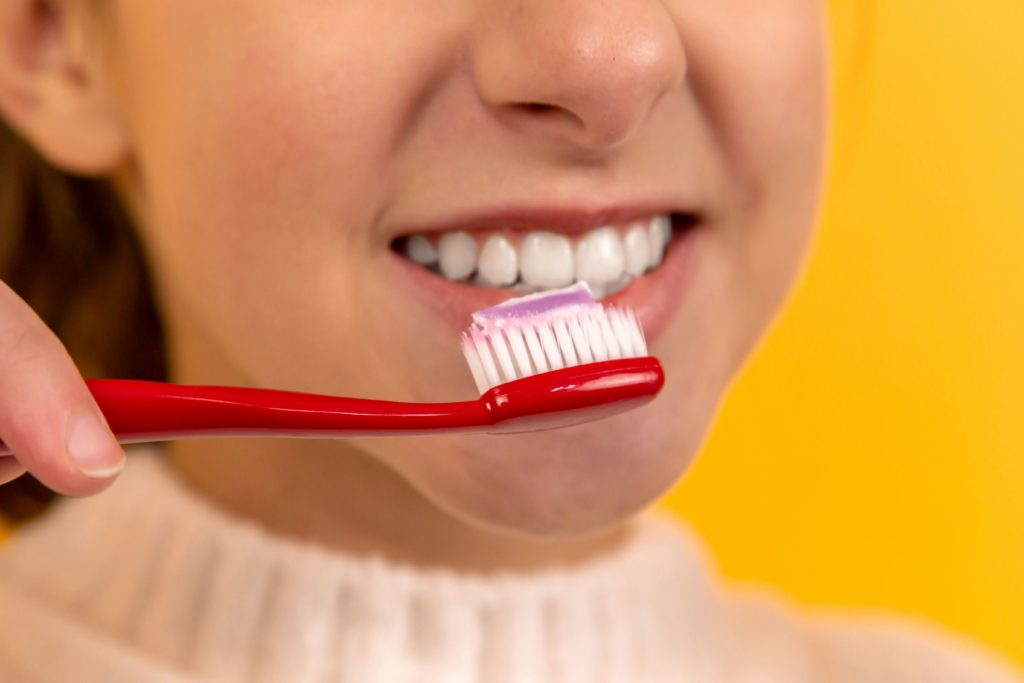Oil pulling is an ancient practice that has gained popularity in modern wellness routines. Originating in Ayurvedic medicine, this technique involves swishing oil in your mouth to promote oral health and overall detoxification. While it may seem unconventional, many people have experienced significant benefits from incorporating oil pulling into their daily hygiene practices.
What Is Oil Pulling?
Oil pulling involves taking a tablespoon of oil, typically coconut, sesame, or sunflower oil, and swishing it around in the mouth for 15-20 minutes. The oil is believed to pull toxins, bacteria, and plaque from the mouth, providing a natural and effective way to enhance oral hygiene.
1. Reduces Oral Bacteria
One of the primary benefits of oil pulling is its ability to reduce harmful bacteria in the mouth. Studies have shown that swishing oil can decrease the levels of Streptococcus mutans, a bacteria associated with cavities and gum disease. Regular oil pulling can help maintain a healthier oral microbiome.
2. Improves Gum Health
Swishing oil can lead to healthier gums. Research suggests that oil pulling may reduce plaque buildup and decrease inflammation in the gums. This can lower the risk of gingivitis, a common gum disease characterized by redness, swelling, and bleeding.
3. Freshens Breath
Bad breath, or halitosis, can result from bacteria in the mouth. Oil pulling helps eliminate these bacteria, leading to fresher breath. Many users report significant improvements in their breath after consistent oil pulling, making it a natural remedy for oral freshness.
4. Whitens Teeth
Oil pulling may help in removing surface stains on teeth. The oil works to lift and dissolve the debris that can lead to discoloration. While not a substitute for professional whitening treatments, regular oil pulling can contribute to a brighter smile over time.
5. Detoxifies the Body
In addition to oral health benefits, oil pulling is believed to aid in detoxification. The oil pulls toxins from the mouth and may help remove harmful substances from the body. Although scientific evidence on this aspect is limited, many practitioners swear by its detoxifying effects.
6. Prevents Cavities
By reducing harmful bacteria and plaque buildup, oil pulling may help prevent cavities. Regular practice can create a healthier environment in the mouth, decreasing the chances of tooth decay. This proactive approach to oral hygiene can be beneficial for people of all ages.
7. Supports Overall Health
Oral health is closely linked to overall health. Poor dental hygiene can lead to systemic issues, such as heart disease and diabetes. By maintaining good oral hygiene through oil pulling, individuals may contribute to better overall health and well-being.
How to Practice Oil Pulling
To practice oil pulling effectively, follow these simple steps:
- Choose Your Oil: Use high-quality oil, such as coconut, sesame, or sunflower oil.
- Measure the Oil: Take about one tablespoon of oil.
- Swish the Oil: Place the oil in your mouth and swish it around for 15-20 minutes. Do not swallow the oil, as it contains toxins and bacteria.
- Spit It Out: After swishing, spit the oil into a trash can. Avoid spitting it into the sink, as it may cause plumbing issues.
- Rinse Your Mouth: Rinse your mouth thoroughly with water to remove any remaining oil.
- Brush Your Teeth: After rinsing, brush your teeth as you normally would.
Conclusion
Oil pulling offers numerous benefits for oral health and detoxification. By incorporating this ancient practice into your daily routine, you can promote healthier gums, fresher breath, and a brighter smile. While it should not replace regular dental care, oil pulling can serve as a valuable addition to your oral hygiene regimen.
FAQs
1. How often should I practice oil pulling?
For best results, practice oil pulling daily or at least several times a week. Consistency is key to experiencing its benefits.
2. Can I swallow the oil after pulling?
No, you should not swallow the oil after swishing. It contains toxins and bacteria that you want to expel.
3. How long should I swish the oil?
Swish the oil for 15-20 minutes to allow enough time for it to effectively pull toxins and bacteria.
4. What type of oil is best for oil pulling?
Coconut oil is popular due to its pleasant taste and antimicrobial properties, but sesame and sunflower oils are also effective.
5. Can oil pulling replace brushing my teeth?
No, oil pulling should not replace brushing and flossing. It should be used as a complementary practice for better oral hygiene.
6. Is oil pulling safe for everyone?
Oil pulling is generally safe for most people. However, those with specific dental issues or concerns should consult a healthcare professional before starting the practice.



